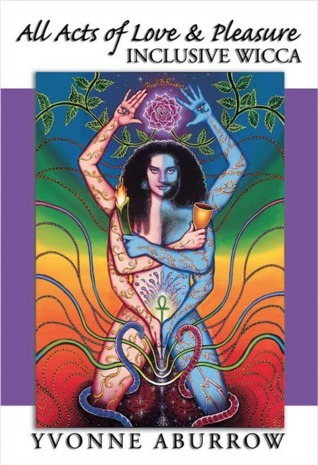I have now written several articles on cultural appropriation. When people comment on articles on this topic, I have observed several recurring themes.
Cultural silos
Frequently, people assume that talk of cultural appropriation means that no-one can ever use an idea from another culture. This would rule out situations of cultural fusion, where two cultures which are on an equal footing come together to create a new amalgam of ideas, music, cuisine, or ritual. It would also rule out cultural exchange, where two cultures on an equal footing acquire new ideas, practices, or rituals from each other. These situations are clearly not problematic, because the two cultures are on an equal footing. The key feature here is theequality of the cultures.
People also talk as if those who are trying to draw attention to the issue of cultural approppriation are behaving as though culture is a monolith or silo, where nothing can ever be transferred from one culture to another. Obviously, this is not the case, and offering examples of cultural fusion or cultural exchange between cultures which are on an equal footing is not an argument for dismissing claims of cultural appropriation.
What makes you part of a culture?
Some people claim that what makes you part of a culture is that you are genetically related to the people who produced that culture. On the basis of this claim, the idea of cultural appropriation has been distorted by people with a racist or alt-right agenda, who want to keep people of colour out of revived European religious traditions. We should strenuously resist the idea that culture is genetically trasnmitted, as it is legitimises racism.
Culture is transmitted through acculturation, via books, films, conversation, storytelling, dance, and traditional practices. People who immerse themselves in another culture can become part of it, and can legitimately take part in its practices and rituals, though if the culture is a living culture, then they should approach living representatives of that culture in order to become part of it.
Culture is specific to time and place
Another recurring theme is the idea that culture is universal and somehow open-source. This is derived from two particularly pernicious ideologies.
The first of these is colonialism, which has taken many forms over the centuries, and consists of the dominant or hegemonic culture assuming that it is superior to the conquered culture, and therefore has a right to the goods, services, resources, lands, and ideas of the conquered culture.
The second of these ideologies seems benign, but isn’t. It is sometimes called the perennial philosophy, and sometimes called universalism – the idea that there is a universal essence of every idea or practice that can be extracted from it and re-embedded in another context. This is the idea behind Michael Harner’s “core shamanism” – the idea that there is a universal shamanistic practice which can be extracted from Siberian shamanism, and re-clothed in the trappings of another culture, and thereby can become the shamanism of the new culture.
However, whilst ideas from one culture can be transferred to another if proper care is taken, quite often they are transferred with little appreciation or care for the original culture from which the idea came, or cherry-picked whilst ignoring other aspects of the source culture which are too ‘difficult’, and become distorted in the process of transfer. The transfer of ideas becomes problematic and culturally appropriative when the appropriating culture has more power than the source culture.
Ignoring the power differential
Many people who struggle with the idea of cultural appropriation fail to see that it happens when the appropriating culture has more power than the source culture.
What does it mean to say that one culture has more power than another? When a culture is seen as normative (in the current context white, European, heterosexual, male, and cisgender are the “norm” or unmarked default), it has more power than non-normative cultures.
Cultures acquire normative status by conquering other cultures. In the ancient world, the Graeco-Roman culture was the normative culture, against which other cultures were measured and found to be barbaric or exotic. In the modern world, the Western culture of Europe and America is the normative culture against which other cultures are seen as relatively exotic or even barbaric.
If you enjoyed this post, you might like my books.






